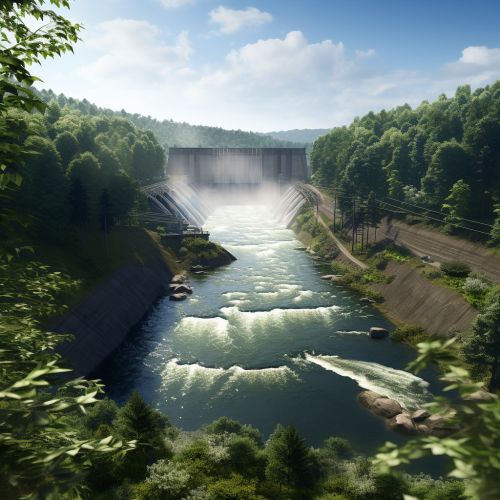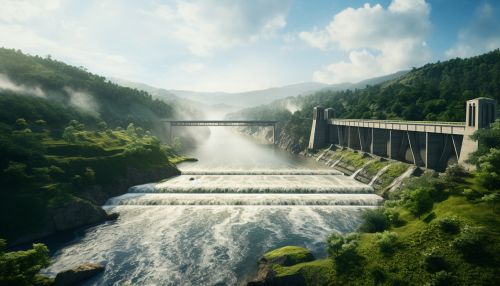Flood Control
Introduction
Flood control refers to methods used to reduce or prevent the detrimental effects of flood waters. Flood relief methods are used to reduce the effects of flood waters or high water levels.
Types of Flood Control
Flood control methods are categorized into two: hard engineering and soft engineering methods.
Hard Engineering Methods
Hard engineering methods involve the construction of man-made structures to control the flow of rivers. These methods are usually expensive and can have a significant impact on the landscape.
Dams
Dams are barriers that are constructed across rivers to hold back water. They are often used to control floods by storing excess water and releasing it slowly over time.
Levees
Levees, also known as dikes, are embankments built to prevent the overflow of rivers. They are usually made from earth or stone and are built parallel to the river.
Floodgates
Floodgates, also known as sluice gates, are adjustable gates used to control water flow in flood barriers, reservoir, river, stream, or levee systems.
Soft Engineering Methods
Soft engineering methods involve working with nature to manage the flood risk. These methods are usually cheaper and have less impact on the environment.
Floodplain Zoning
Floodplain zoning involves restricting certain developments in areas known to flood. This can prevent damage to property and loss of life.
River Restoration
River restoration involves restoring a river's natural course to help manage flood risk. This can include removing man-made structures like weirs and straightened channels.
Afforestation
Afforestation involves planting trees in river catchment areas. Trees can help to reduce flood risk by absorbing water and slowing down the flow of the river.
Flood Control Measures in Different Countries
Different countries have adopted different measures for flood control, depending on their geographical location, climate, and other factors.
United States
In the United States, the Army Corps of Engineers is responsible for major flood control projects. These include the construction of dams, levees, and floodwalls.
Netherlands
The Netherlands has a long history of flood control due to its low-lying geography. The country has implemented a range of measures including the construction of dikes, storm surge barriers, and the 'Room for the River' project which gives more space for rivers to flood.
Japan
In Japan, flood control measures include the construction of multi-purpose dams, river improvement works, and the development of flood forecasting systems.
Challenges in Flood Control
Despite the various methods available, flood control remains a significant challenge. This is due to a number of factors including climate change, urban development, and the cost of implementing flood control measures.
See Also


